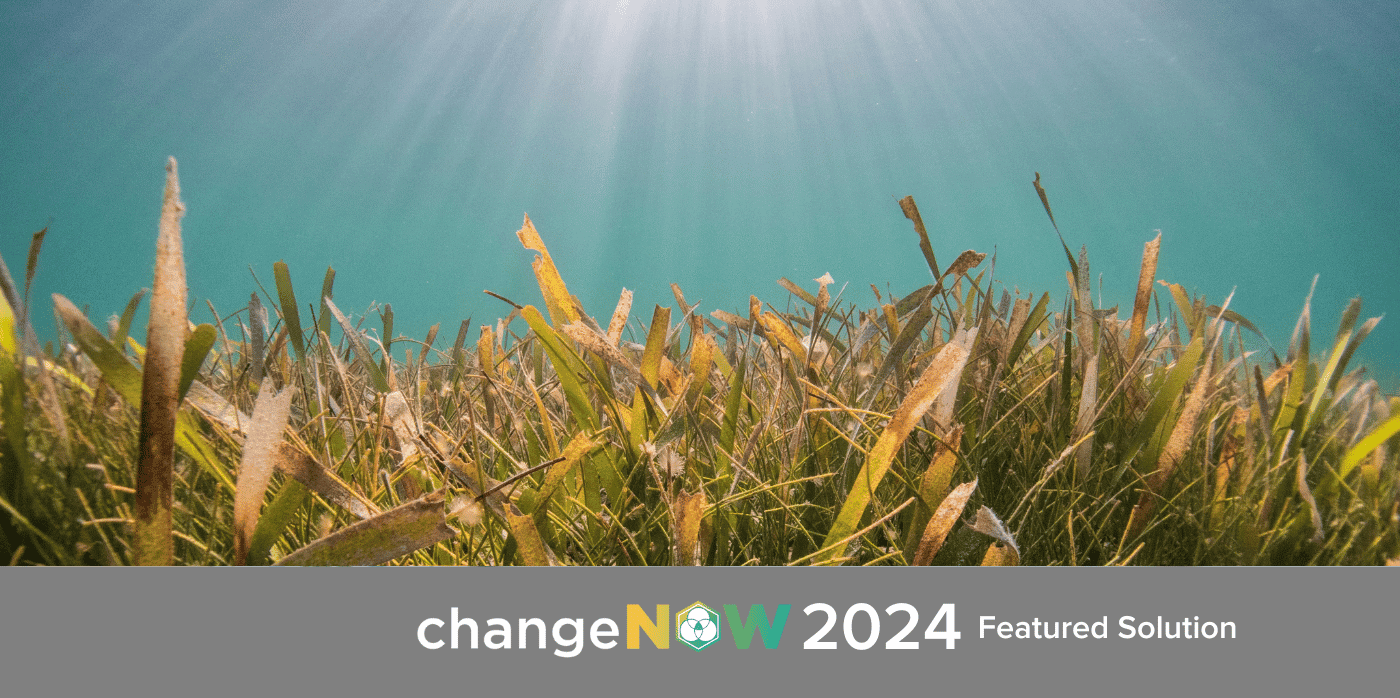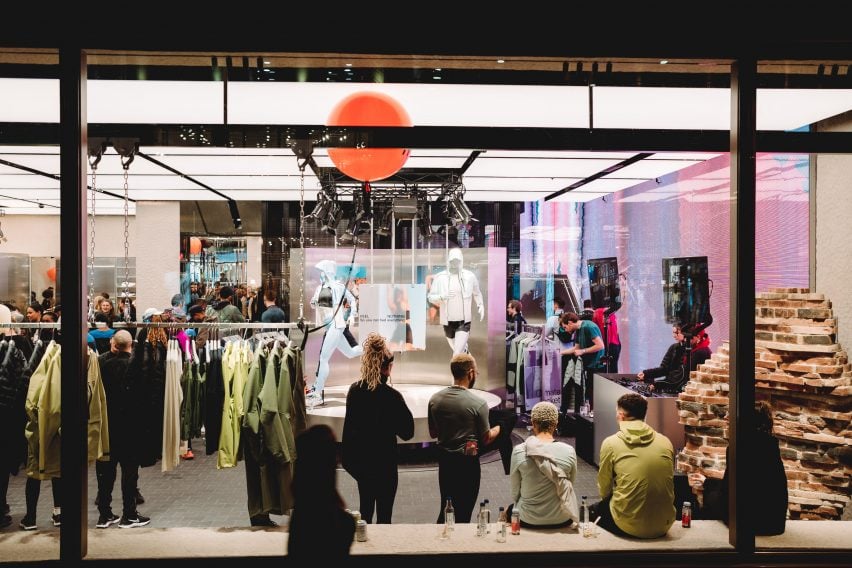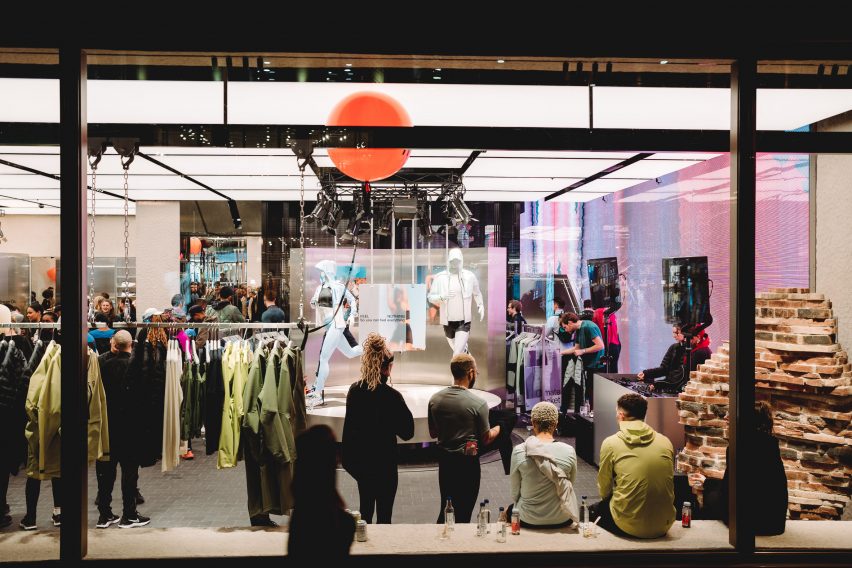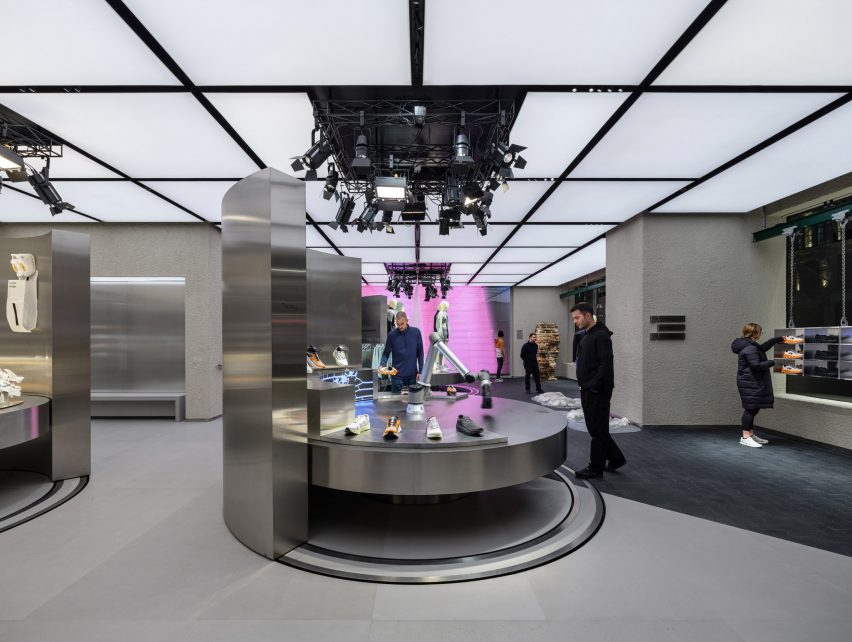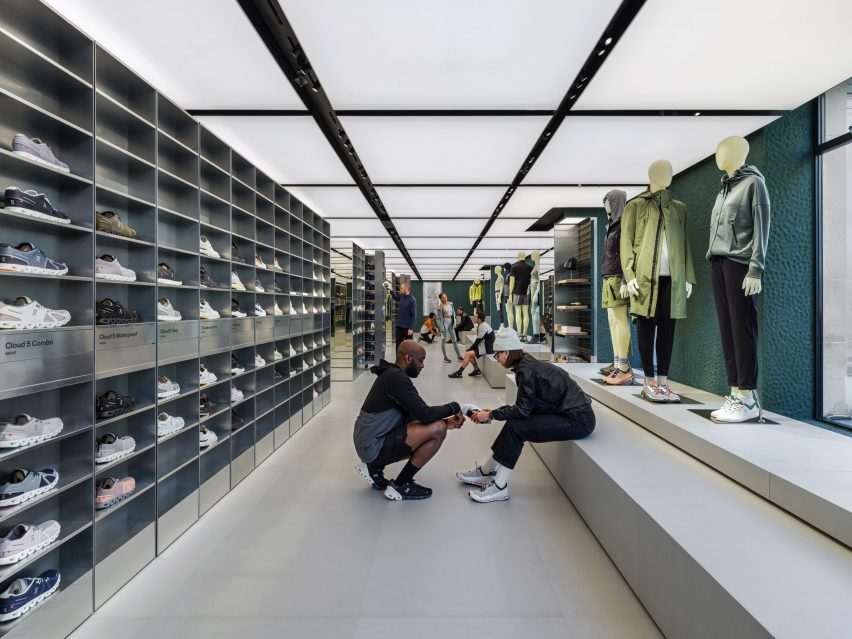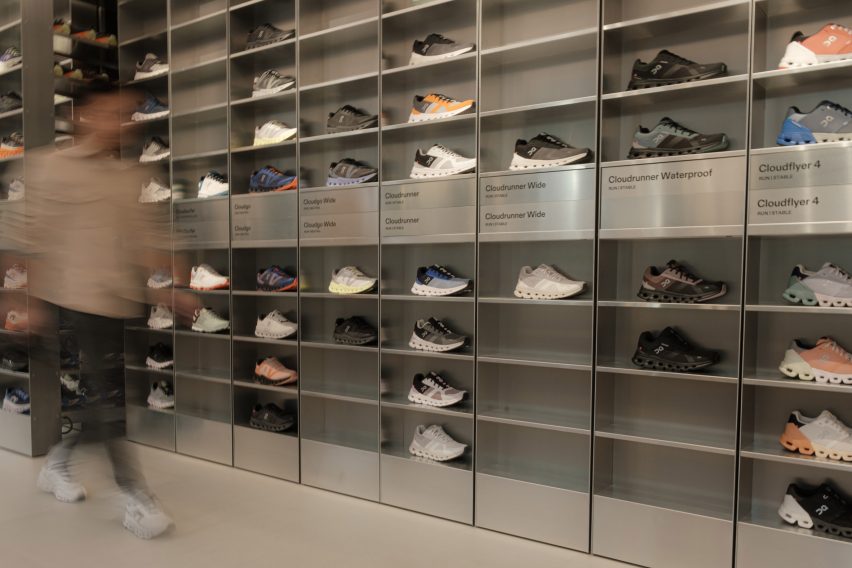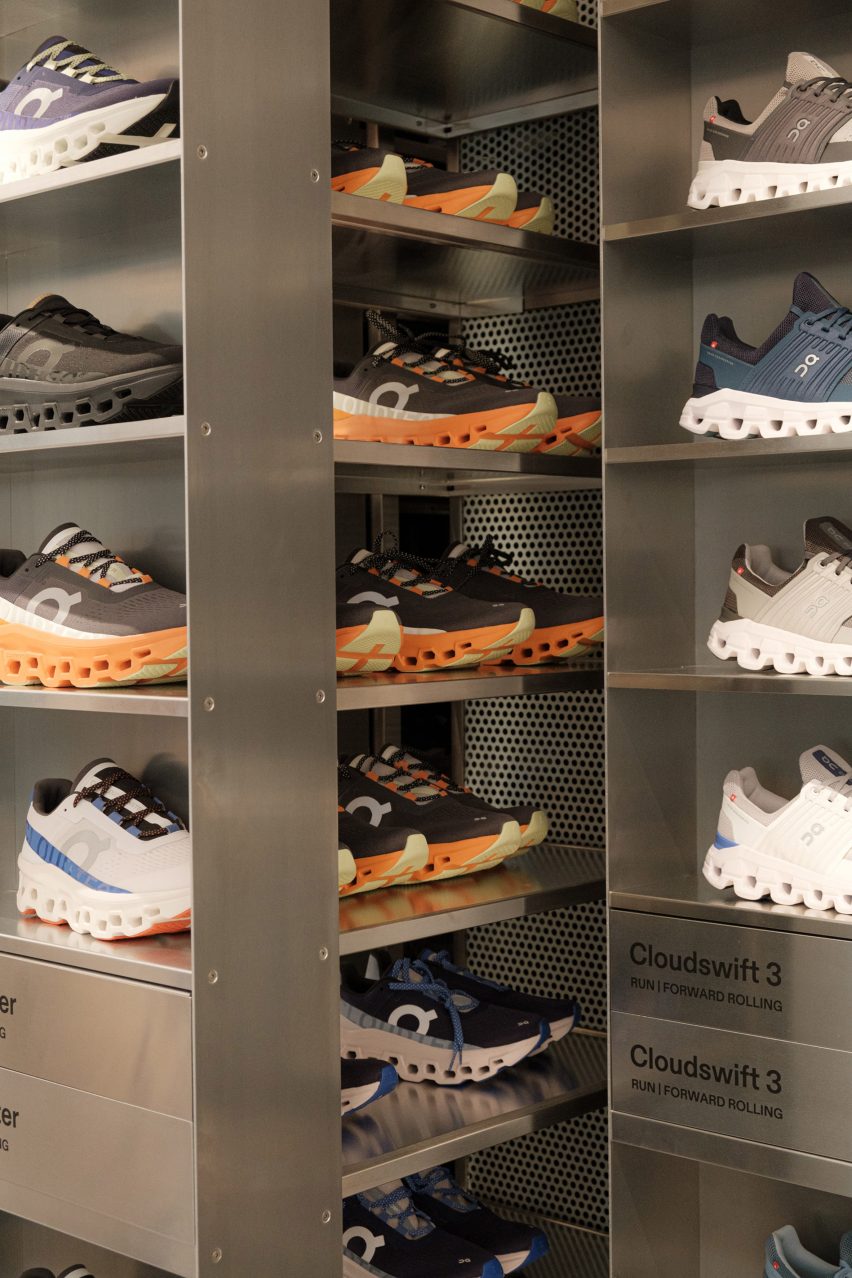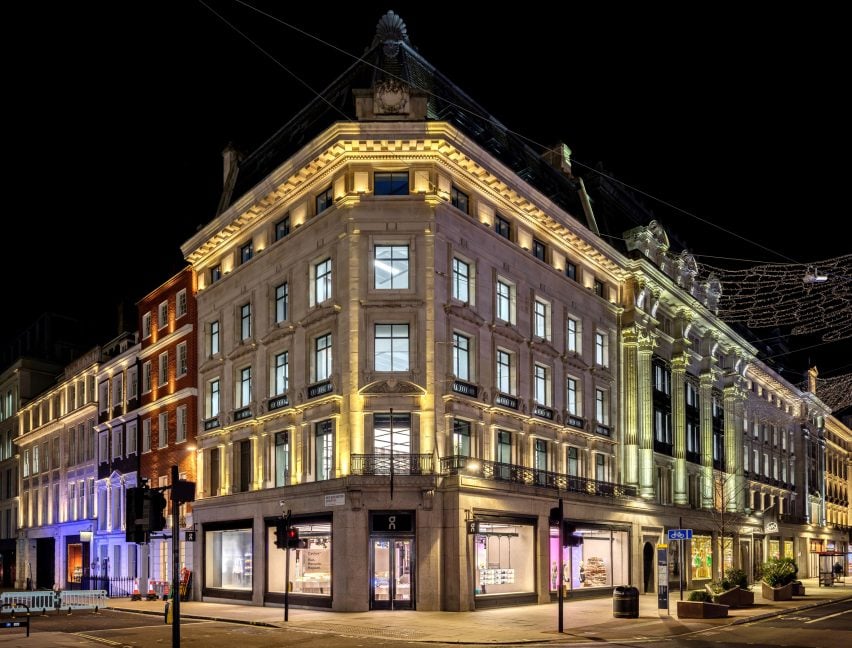Mega projects inherently push limits. As the largest design efforts to shape the built environment in a given age, they naturally drive innovation simply due to the sheer scale of their undertaking. But while their development tends to bring about novel approaches to design and construction when considered in whole, the innovations they realize in the application of individual architectural materials is often overlooked.
Mega projects need mega materials, which is why cutting-edge technical porcelain stoneware from FMG Fabbrica Marmi e Graniti was a perfect fit for the larger-than-life Iconsiam development in Bangkok, Thailand. A massive, mixed-use complex featuring two residential skyscrapers, various cultural attractions and two malls, FMG’s high-performance MaxFine White Calacatta surfaces were used on the interior floors and exterior façade of Iconsiam’s malls.
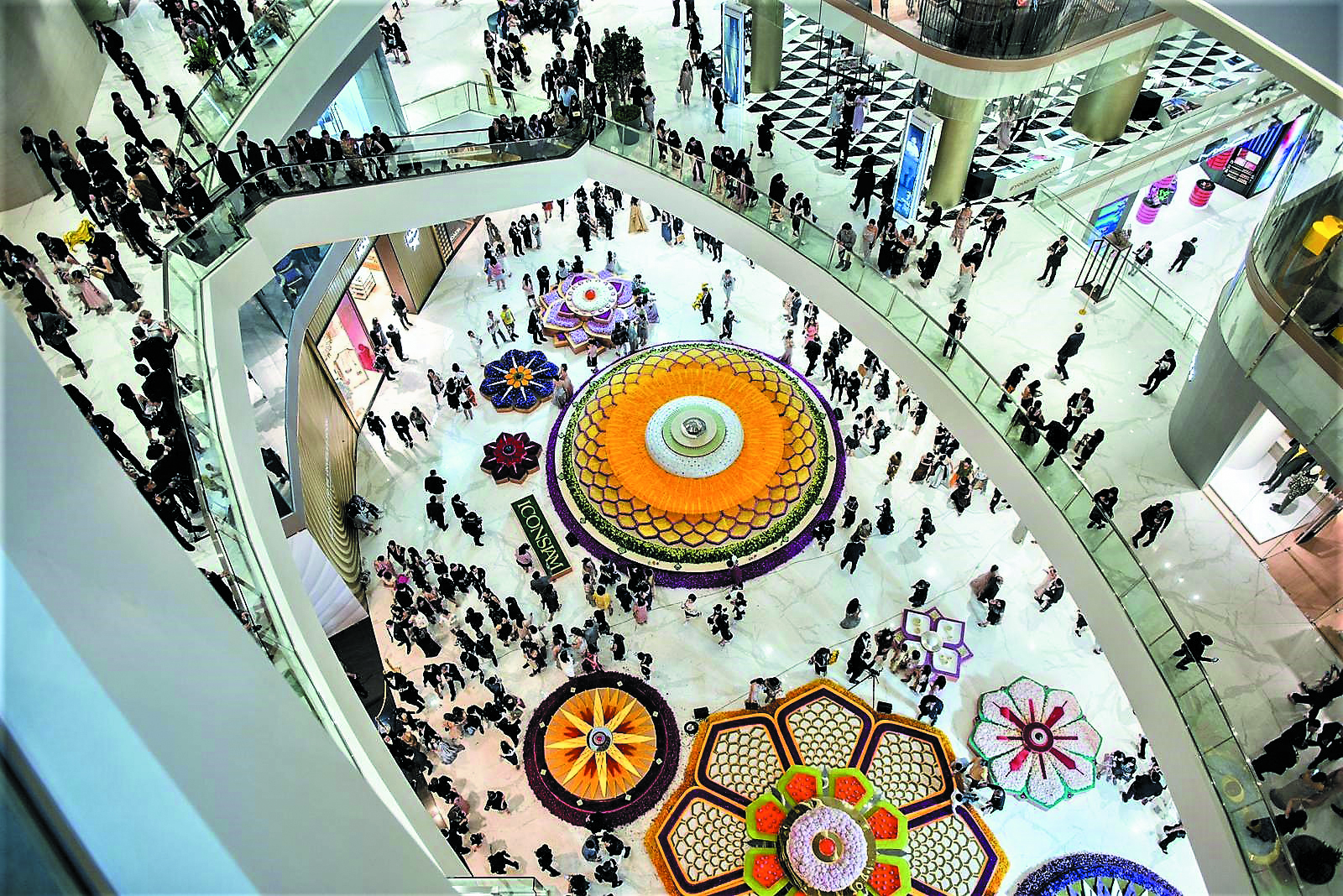
The malls themselves, named Iconsiam and Iconluxe to differentiate each other’s brand offerings, are a maximalist fusion of all things Thai. Aspects of Thailand’s culture including art, food, and works from traditional and contemporary artisans are all synthesized under one roof in ways never before attempted. Designed to accommodate 150,000 daily visitors, Iconsiam and Iconluxe needed equally pioneering flooring and façade materials to perform well under extremely taxing conditions.
Designed to be utilized in large public spaces, Iconsiam’s floors are covered in FMG’s MaxFine White Calacatta surfaces, in both matte and glossy finishes depending on their location. MaxFine White Calacatta Active Surfaces® slabs, featuring antimicrobial and air purifying properties, wrap a majority of the building’s exterior. Together they employ the latest technological innovations to achieve superlative scales of application, long-term durability, ease of maintenance, and environmental health.
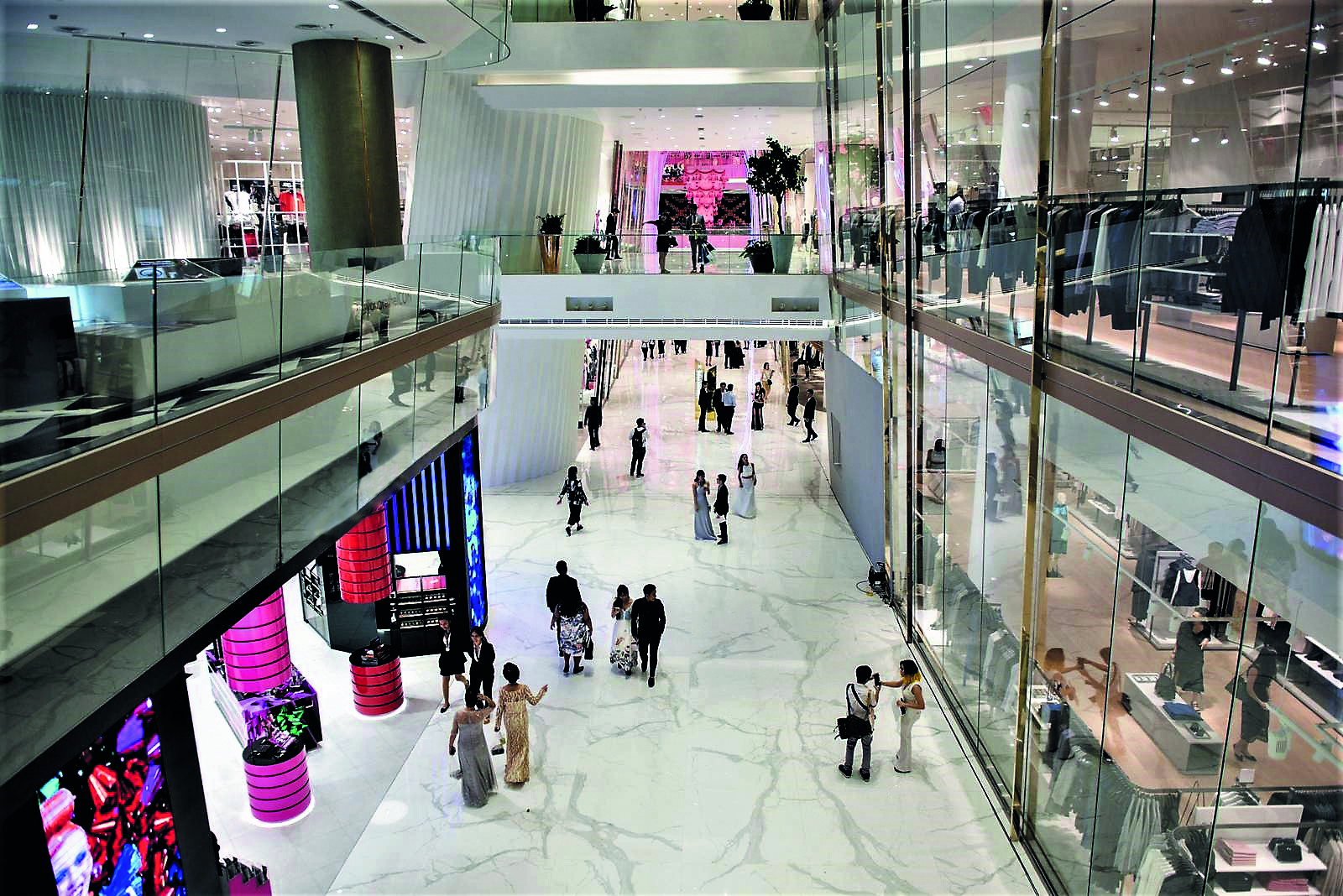
Size is the defining feature of most mega projects, and that is certainly true for Iconsiam, with 5.6 million square feet of retail between its two malls. As a result, FMG’s MaxFine White Calacatta surfaces cover over 118,000 square feet of floor space, while White Calacatta Active Surfaces® slabs clad more than 10,000 square feet of exterior façade.
At that scale, floor and wall panels need to cover a massive area without adding too much weight to the building’s structure or appearing unnatural. In this case, FMG’s MaxFine White Calacatta surfaces were picked for their lightness and dimensions, with thicknesses between just one quarter and one half of an inch, and slab dimensions of up to five feet by ten feet.
The natural wear and tear that such a large area of wall and floor surfaces are subject to is substantial, requiring them to both perform well and appear fresh after years of foot traffic and environmental exposure. FMG’s MaxFine White Calacatta slabs inherently resist wear over time by combining the good looks of stone with the durability of porcelain stoneware. As a result, they are fully waterproof, and resistant to chemicals, scratching, heat, fire, scaling, moisture, staining, and scuffing.
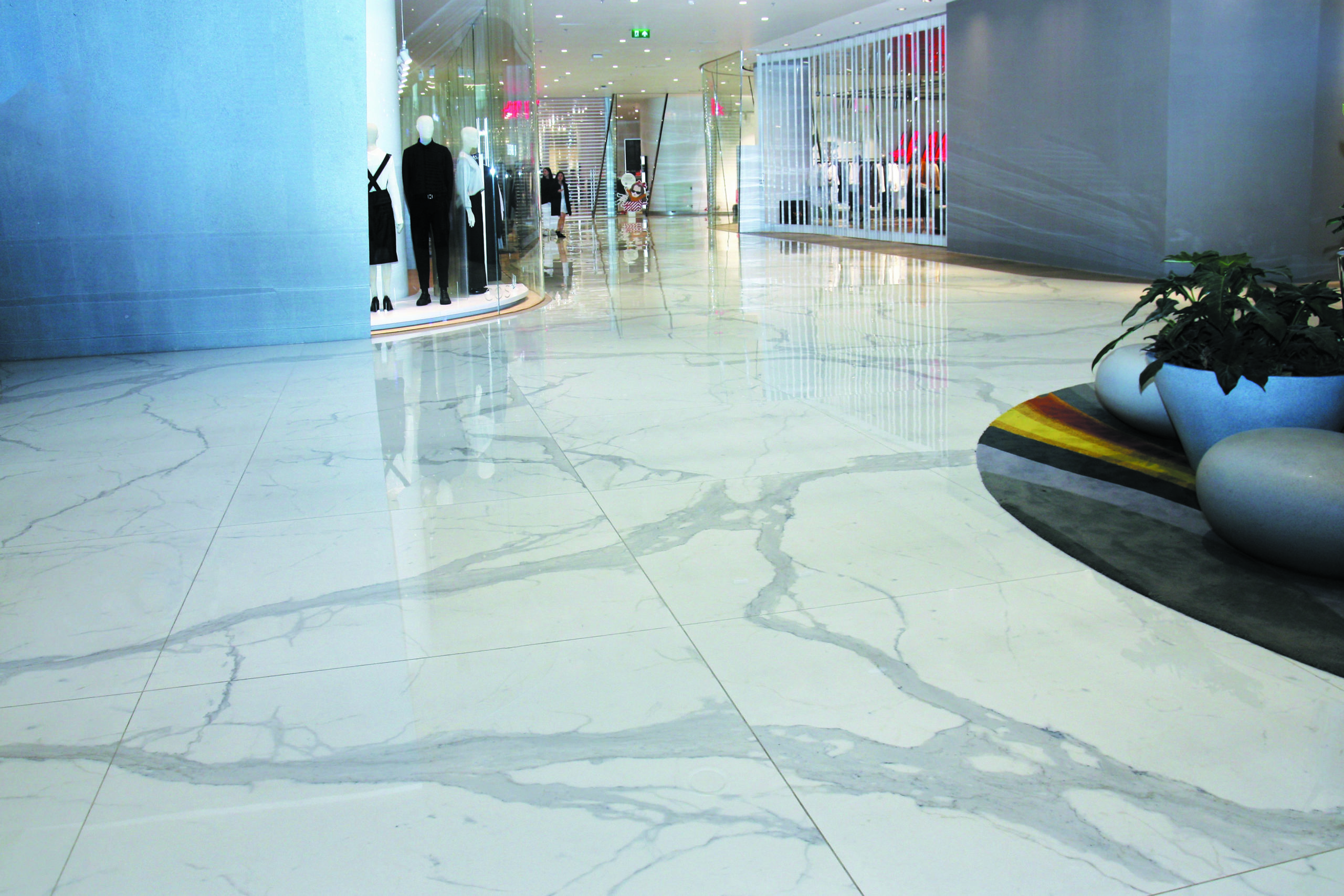
Maintenance and upkeep are likewise major concerns for a project with vast material quantities. FMG’s MaxFine White Calacatta slabs on the floors of Iconsiam are non-absorbent, allowing them to be cleaned with minimal effort before drying quickly. Outside, the mall’s wall surfaces feature FMG’s Active Surfaces®, with antibacterial and antiviral (including anti Covid-19), anti-pollution, anti-odour and self-cleaning properties. Thanks to their self-cleaning properties, when subject to light and humidity these surfaces are able to mitigate the buildup of dirt on the slabs and allow for the natural action of rain to accomplish a majority of their needed cleaning.
Available for almost any application, FMG’s Active Surfaces® slabs on Iconsiam’s façade greatly contribute to outdoor air quality. In fact, under the action of light and humidity, FMG’s Active Surfaces® are able to convert polluting molecules like nitrogen oxides and volatile organic compounds into harmless substances, improving the well-being of an entire neighborhood. Beneficial to both Iconsiam’s visitors and its neighbors.
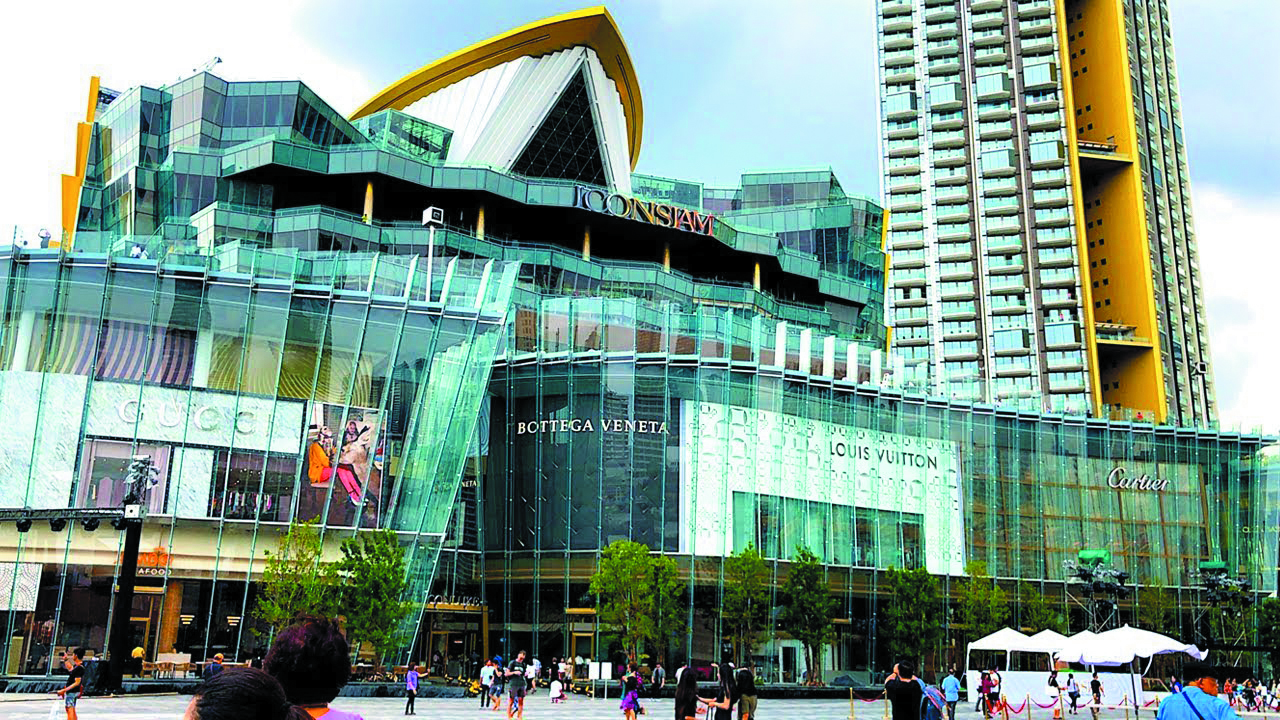
Iconsiam’s Active Surfaces® also have an antibacterial and antiviral action. Using the photocatalytic properties of titanium dioxide combined with silver, when exposed to light these materials neutralize up to 99% of bacteria and viruses. A recent study by the University of Milan further confirmed that these surfaces eliminate up to 94% of SARS-CoV-2 (the virus responsible of Covid-19) after 4 hours of light exposure. Moreover, thanks to the presence of silver, these properties remain effective even in the dark.
To see how FMG’s MaxFine White Calacatta surfaces can bring innovative solutions to your project, check out their website.
All images courtesy Fabbrica Marmi e Graniti


